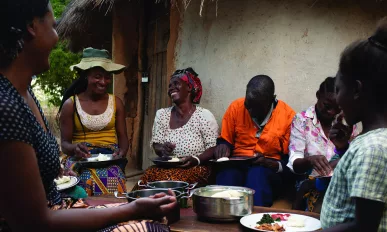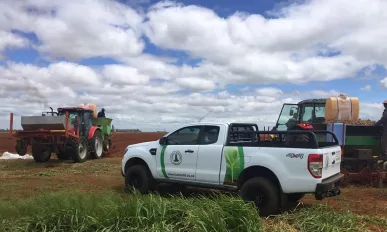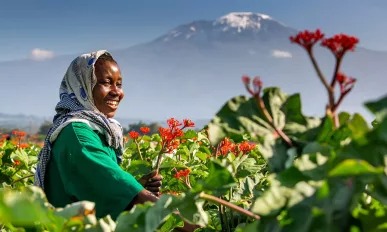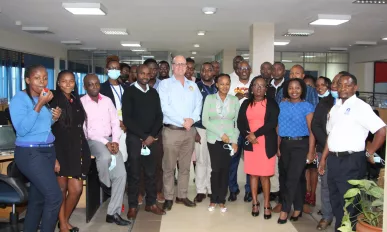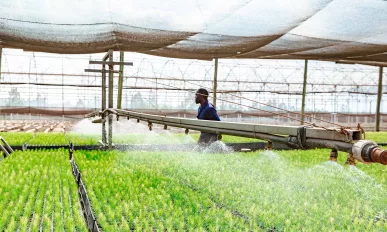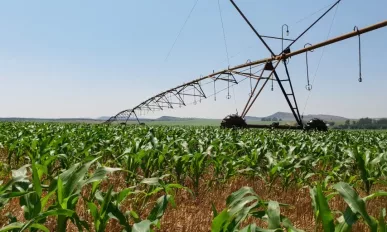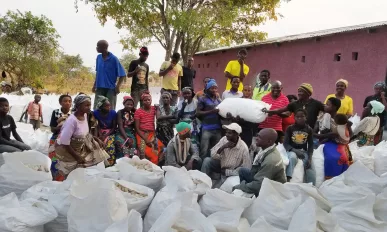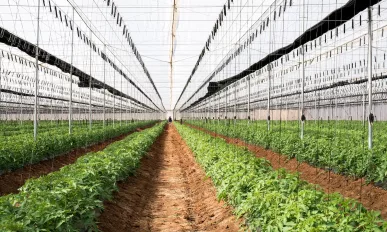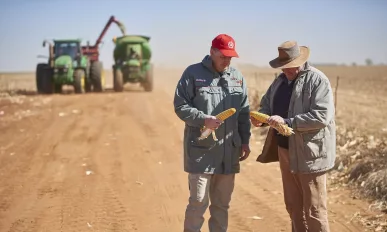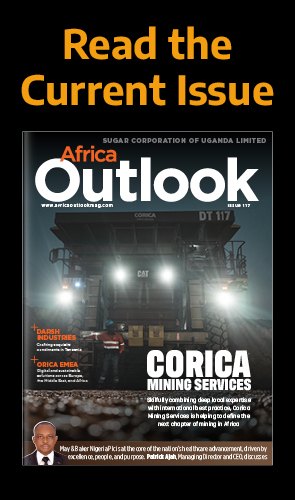Zamseed : Smart Crop Solutions
Zamseed is a leading company in the African agriculture sphere, supplying a variety of seed products to farmers across the continent. We speak to executive members of the business to learn more.
Yara Zambia : Helping Africa Grow
We speak to the executive team at Yara Zambia Cluster, about the company’s provision of fertiliser across Africa and its consequential actions in helping feed those in need.
Laeveld Agrochem : Protecting Plants for the People
We take a look at Laeveld Agrochem and the company’s mission to better Southern Africa through agricultural crop yield solutions.
Marginpar Group : Stemming from the Mountain
Supplying the globe with summer flowers all year round, we speak with Richard Fernandes, more commonly known as ‘Kiki’ Fernandes, CEO of Marginpar Group, to discuss the company’s sustainable and people-centric business of making the world more colourful.
Kenchic : Pan-African Poultry
We look at Kenchic and speak with Managing Director Jim Tozer about the company’s quality food produce going from farm to fork.
Green Resources : Forward Thinking Forestry
We speak with Hans Lemm, Group CEO of Green Resources, about making an impact on the lives of local communities.
Agriculture: The Key to Inclusive Economic Growth
African agriculture is the fuel for continental economic growth, but the industry faces new challenges caused by recent events
Diversifying Nigeria
We examine how Nigeria is reducing its reliance on agriculture and branching out to other business ventures
Musika Development Initiatives : Agriculture for All
Musika is committed to helping Zambia’s smallholders access vital agricultural technologies, financing and training initiatives.
ZZ2 : Growing for the Future
The farming roots of zz2 date back to the 19th century, the van Zyl family continuing to honour its legacy while looking ahead to the future.
Limagrain Zaad South Africa : Organic Growth
Limagrain Zaad South Africa is a collaborative new venture aiming to provide high quality seed to farmers across the country.
Investing in a Continent: Olam International’s work in Central and Western Africa
Singapore-based Olam International plays a key role in ensuring food security across six continents, its Regional CFO for West and Central Africa, Sujay Sarkar, telling us more




